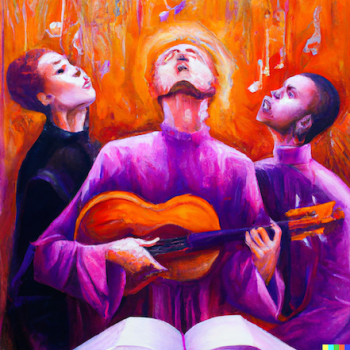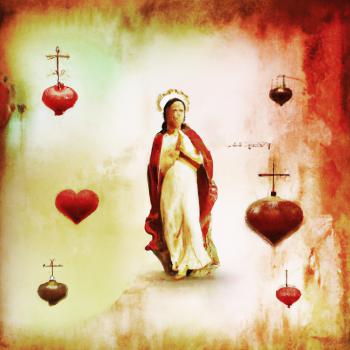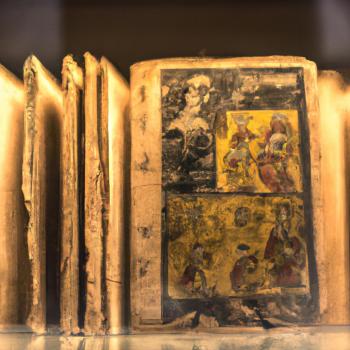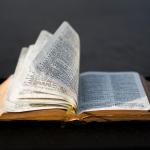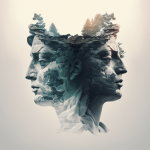A Journey Through the Intersection of Faith and Art
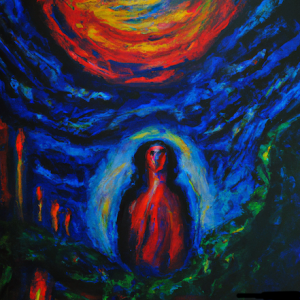
For millennia, the human spirit has yearned to express its deepest convictions and aspirations through the power of artistic creation. This pursuit has fostered a profound and enduring relationship between faith and art, leaving behind an unparalleled legacy that continues to evolve and inspire in the contemporary world.
A Historical Tapestry:
From the earliest cave paintings depicting hunting rituals to the soaring Gothic cathedrals of medieval Europe, faith has been a driving force behind artistic expression. Let’s explore some significant moments in this historical tapestry:
- Ancient Egypt: Elaborate temples and tombs served as both artistic marvels and expressions of faith in the afterlife.
- Hindu and Buddhist traditions: Sculptures and paintings depicting deities and spiritual narratives emerged as integral parts of religious practice.
- Islamic art: Magnificent architecture and calligraphy adorned mosques, reflecting the beauty and order believed to exist in the divine.
- The Renaissance in Europe: Artists like Michelangelo and da Vinci used their talents to create paintings and sculptures that explored religious themes with unparalleled mastery.
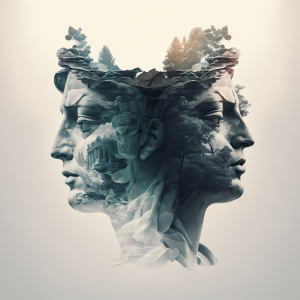
Beyond the Walls of Tradition:
The relationship between faith and art isn’t confined to the past. Contemporary artists continue to draw inspiration from their beliefs, pushing the boundaries of artistic expression and challenging traditional interpretations:
- Music: Gospel choirs, devotional chants, and faith-based rock bands continue to use music to express devotion and explore the complexities of faith.
- Literature: Authors weave themes of faith, doubt, and redemption into their narratives, engaging readers in contemporary struggles and reinterpreting religious concepts.
- Visual arts: From street art tackling social issues informed by faith to installations challenging traditional narratives, contemporary artists are redefining the role of faith in artistic expression.




